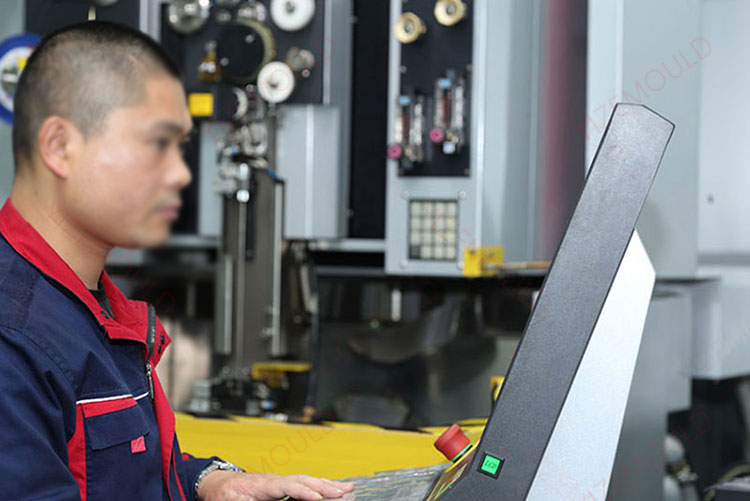What is the difference between wire cut EDM and EDM?
Electrical Discharge Machining (EDM) and Wire Electrical Discharge Machining (Wire EDM) are two commonly used metal processing technologies. Although they are both based on the principle of electrical discharge, there […]
Electrical Discharge Machining (EDM) and Wire Electrical Discharge Machining (Wire EDM) are two commonly used metal processing technologies. Although they are both based on the principle of electrical discharge, there are significant differences in their processing methods, application fields, and technical features. This article explores the similarities and differences between these two technologies to help understand their varied applications in modern manufacturing.
1. Differences in technical principles and processing methods.
Electrical discharge machining (EDM).
Electrical Discharge Machining works by creating a gap between the workpiece and the electrode, using high-energy electrical sparks from voltage discharge to process the material. This method typically involves relative movement between the electrode and the workpiece, shaping the desired form by changing the electrode shape and processing conditions.
Our factory business: carbide parts, mold parts, medical injection molds, precision injection molds, teflon PFA injection molding, PFA tube fittings. email: [email protected],whatsapp:+8613302615729.

Wire electrical discharge machining (Wire EDM).
Wire EDM, on the other hand, involves creating a gap between the workpiece and the cutting wire, using high-energy electrical sparks from voltage discharge to cut the material. This method utilizes a continuously moving electrode wire to cut the workpiece, with the cutting process completed by controlling the wire’s movement path.

2. Comparison of technical features.
Common features.
- Both are based on the principle of electrical discharge for material processing.
- Capable of achieving high precision and efficiency in processing.
- Suitable for processing conductive materials like carbide parts.
Distinct features.
- Electrode usage: EDM requires the creation of electrodes of specific shapes, while wire cutting uses a continuously moving metal wire as the electrode.
- Processing capabilities: EDM is used to process blind holes and can also process through-holes, but it’s generally not preferred for this purpose as it’s quite labor-intensive, suitable for processing complex-shaped cavities; wire cutting is mainly used for contour shape processing and through-hole processing.
- Electrode wear: In EDM, the electrode is relatively stationary and prone to wear; in wire cutting, the electrode wire moves continuously, reducing wear.
- Application suitability: EDM is suitable for processing complex-shaped molds, etc.; wire cutting is applicable for processing small holes, narrow slots, and complex-shaped parts.
By comparing Electrical Discharge Machining and Wire Electrical Discharge Machining, we can see that although they share some similarities, they have significant differences in many key aspects. These differences determine their varied applications in manufacturing.
Have you used these two technologies? What do you think about their future application prospects in manufacturing? Feel free to share your experiences and insights in the comments section.






